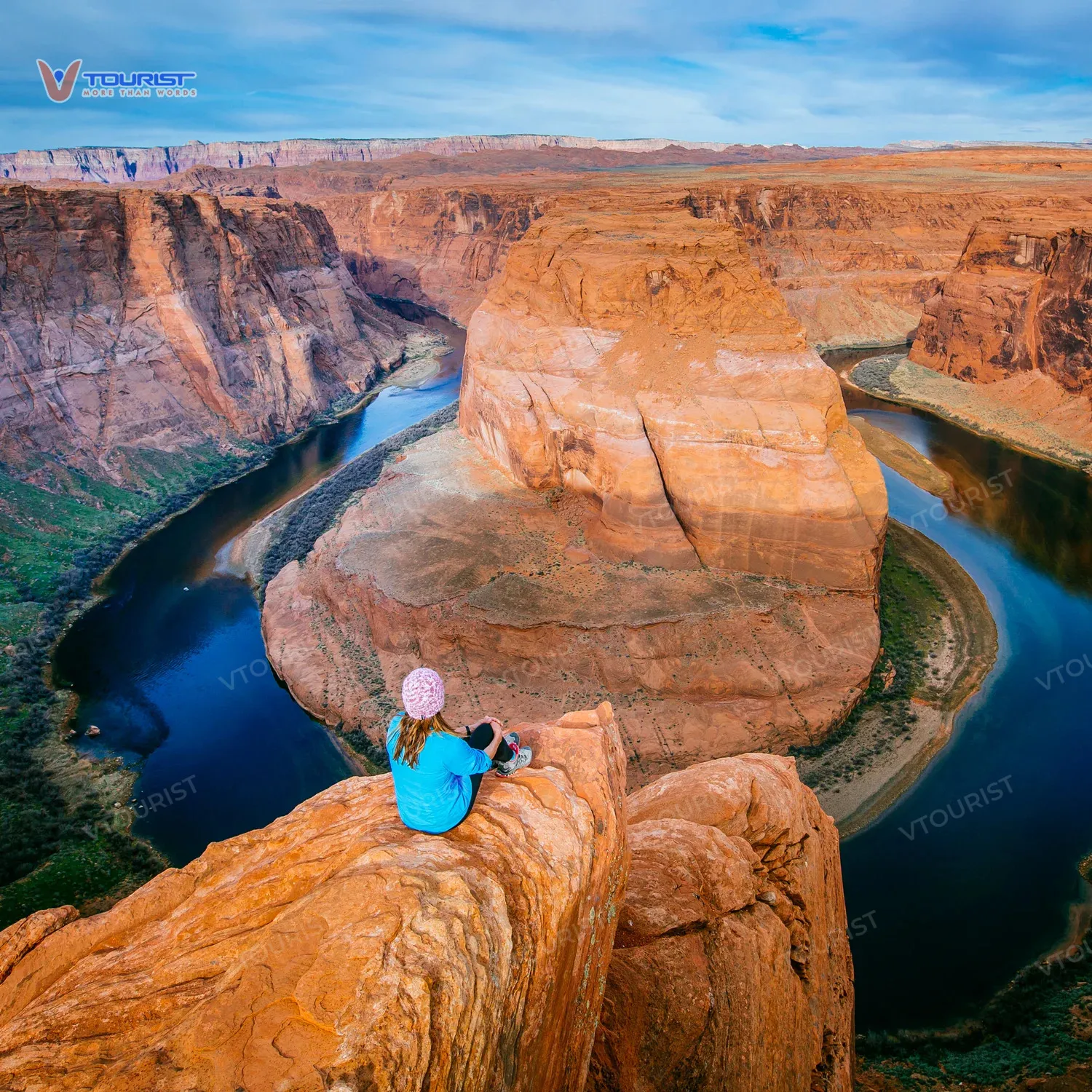Arizona, a land of majestic canyons and sprawling deserts, is renowned not only for its natural wonders but also for its rich historical heritage. Among these historical landmarks, Arizona’s old railway lines play a crucial role in connecting and developing the region’s economy and society. Let’s explore the formation and evolution of these legendary railroads, testaments to an era of challenging yet glorious pioneering.
From Mining Exploitation to the First Railroad Tracks
The story of Arizona’s old railway lines is closely linked to the vibrant mining exploitation of the 19th century. The abundance of resources such as copper, silver, and gold attracted investors and workers to this land. However, transporting ore from mines deep within the canyons to processing centers became a significant challenge. Therefore, railway construction became an urgent need, ushering in a new chapter in Arizona’s transportation history.
These first tracks not only served mining operations but also played a vital role in connecting communities, promoting trade, and fostering tourism.

Remarkable Development and Legendary Railway Lines
With increasing transportation demands, Arizona’s railway system rapidly expanded and improved. Many legendary railway lines emerged, becoming symbols of the region’s development.
Atlantic and Pacific Railroad
The Atlantic and Pacific Railroad, later merged into the Santa Fe Railway, played a crucial role in connecting the eastern and western United States. This line not only facilitated the transportation of goods and passengers but also opened up economic development opportunities for towns along its route.
Southern Pacific Railroad
The Southern Pacific Railroad was one of the largest and most important railway lines in the western United States. This line connected Arizona with major economic centers such as Los Angeles and San Francisco, boosting trade and regional economic development.
Arizona and New Mexico Railroad
The Arizona and New Mexico Railroad, a smaller line, was nevertheless vital in connecting mining areas with processing centers. This line helped reduce transportation costs and enhance the competitiveness of mining companies.
Ups and Downs and the Changes of Time
Despite their crucial role in Arizona’s development history, the old railway lines also experienced ups and downs and changes over time. Competition from other modes of transport, such as automobiles and airplanes, along with the decline of the mining industry, led to the closure or downsizing of many railway lines.
However, the surviving railway lines continue to play an important role in transporting goods and passengers, especially in tourism. Many old railway lines are preserved and operated as attractive tourist destinations, drawing visitors to explore Arizona’s historical and natural beauty.
Preservation and Promotion of Historical Value
Today, preserving and promoting the historical value of Arizona’s old railway lines has become an important mission. Many organizations and individuals have made efforts to preserve railway relics, restore vintage trains, and organize historical railway tours.

These efforts not only help preserve valuable cultural heritage but also create economic and tourism development opportunities for local communities.
Arizona Railway History: An Attractive Destination for Tourists
If you are a history, culture, and travel enthusiast, come to Arizona and explore the legendary old railway lines. You will have the opportunity to admire unique railway architectural structures, learn about the region’s development history, and experience fascinating train journeys.
From majestic canyons to sprawling deserts, Arizona’s old railway lines will take you on an emotional and meaningful journey of discovery.
Conclusion
Arizona’s old railway lines are not just transportation infrastructure but also historical witnesses, symbols of the development and transformation of this region. Preserving and promoting the historical value of these railway lines is not only our responsibility but also an opportunity to connect the past, present, and future, creating sustainable cultural and economic values. Come and explore Arizona to experience the magnificent beauty of nature and the richness of its history and culture.